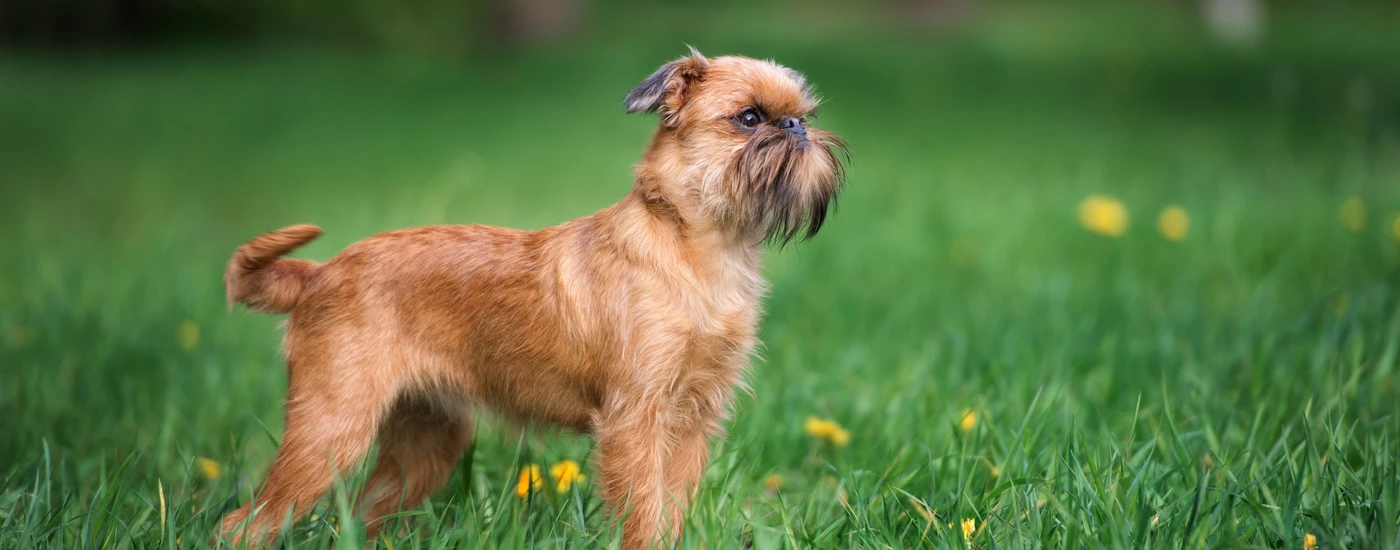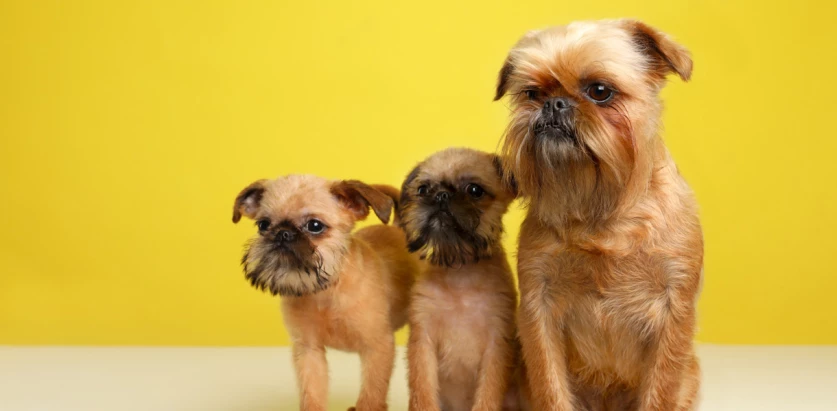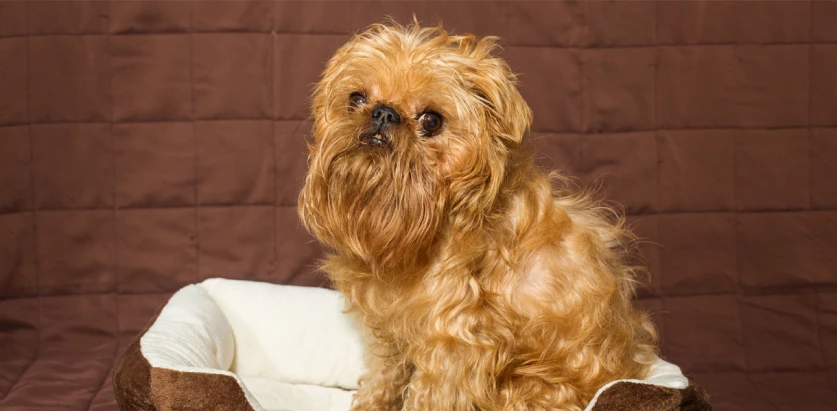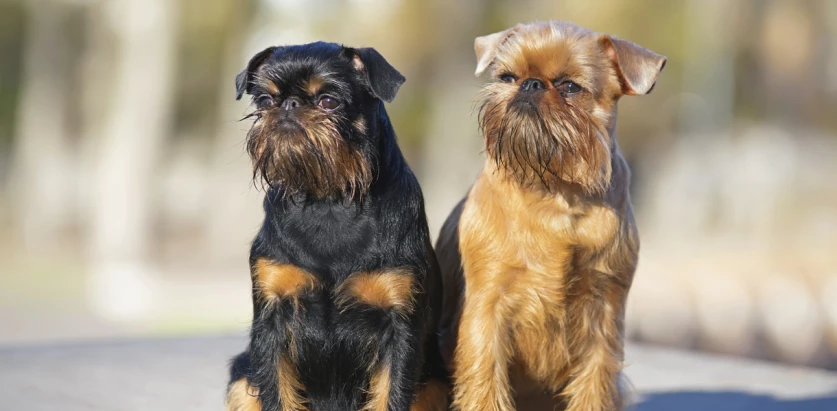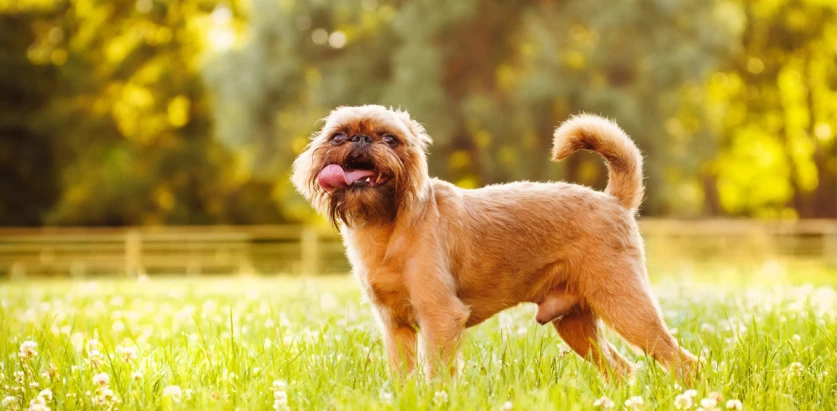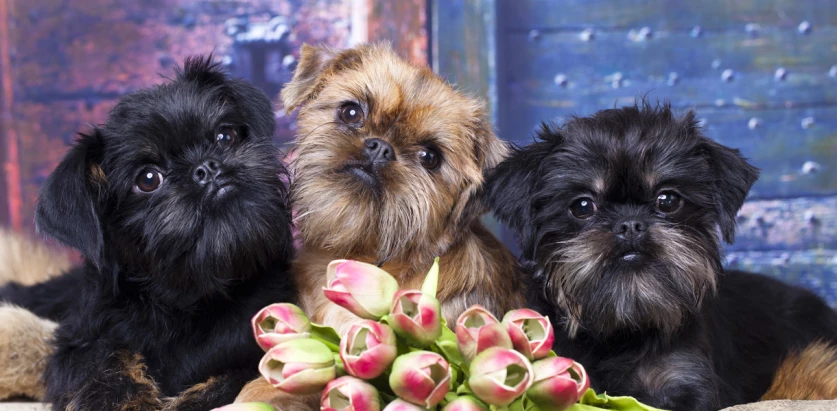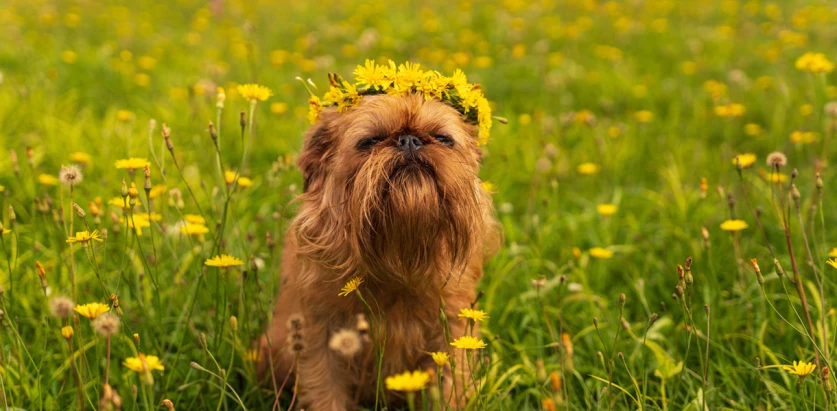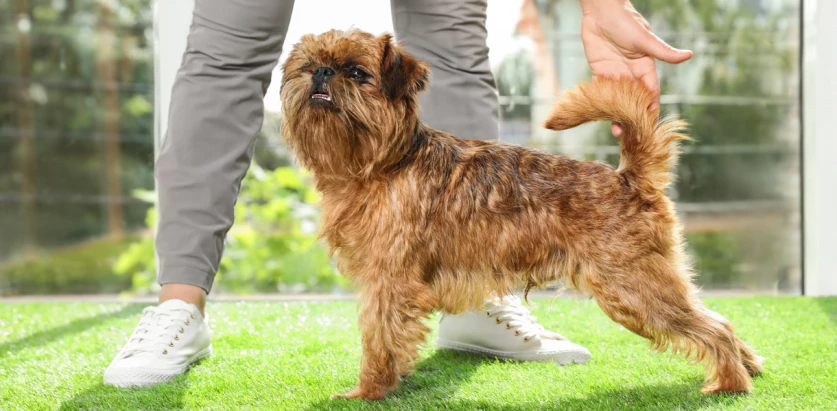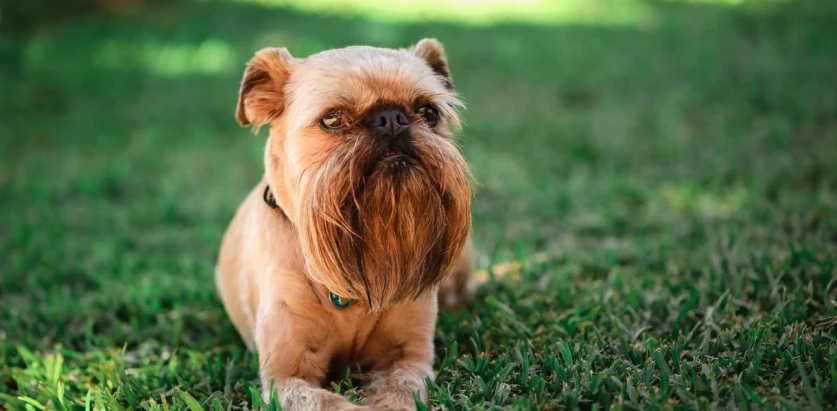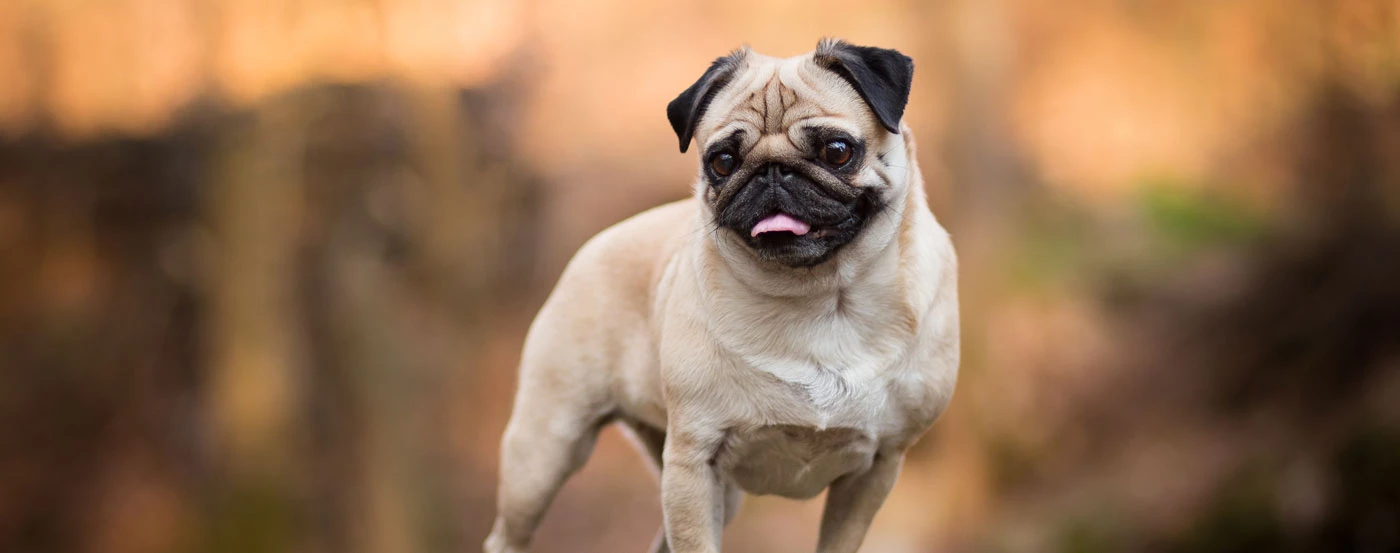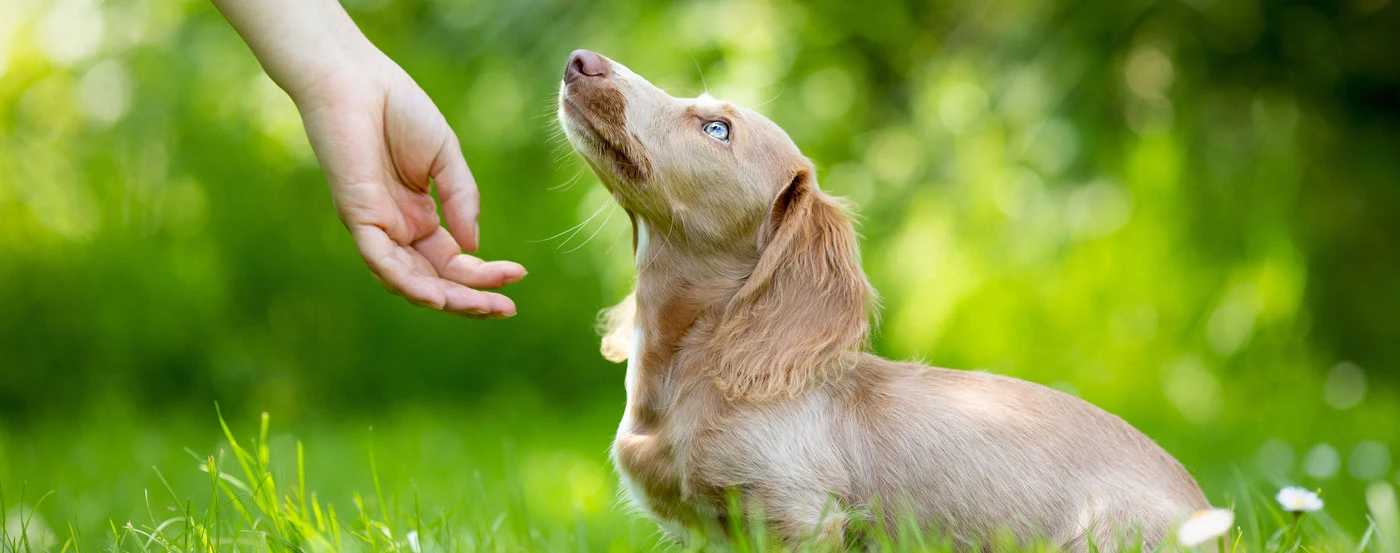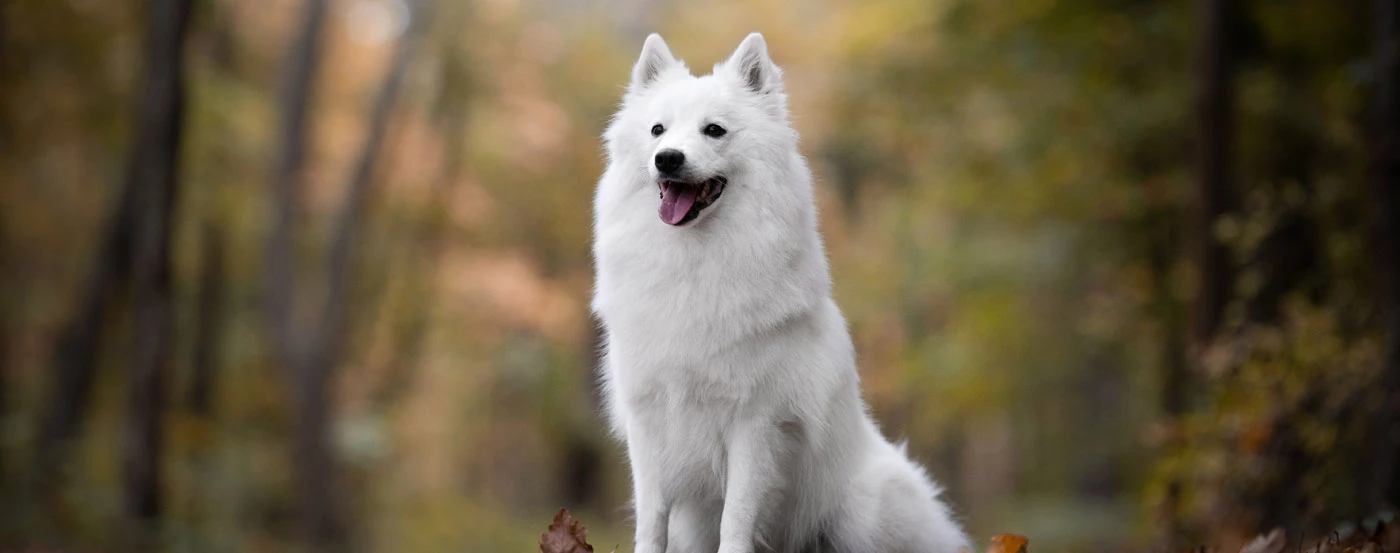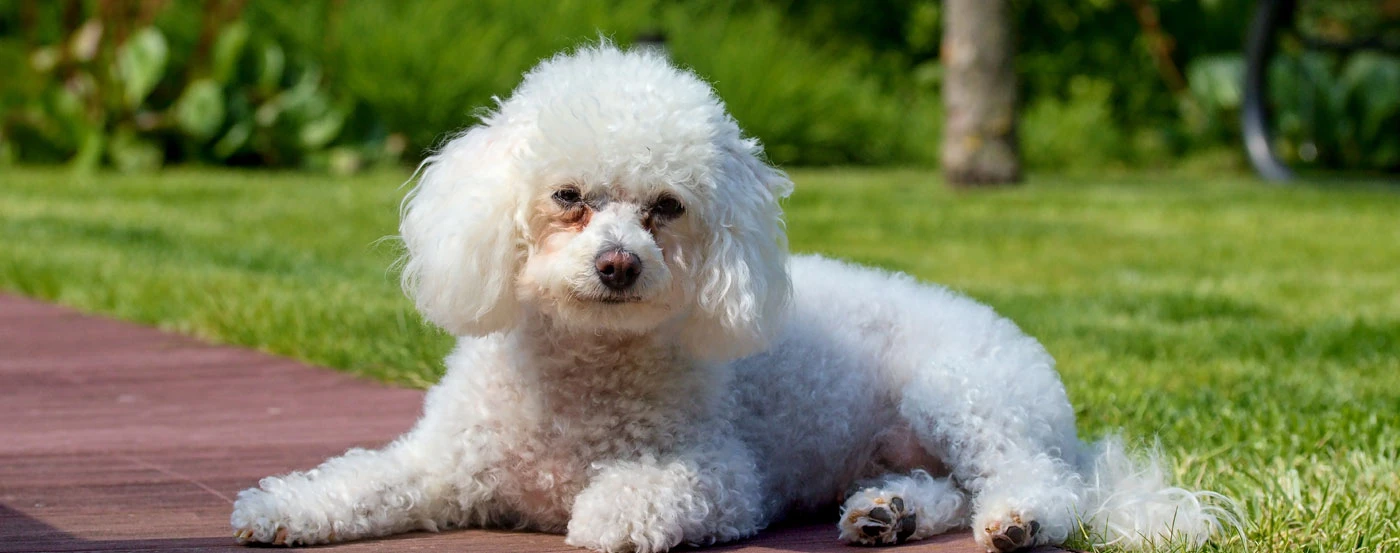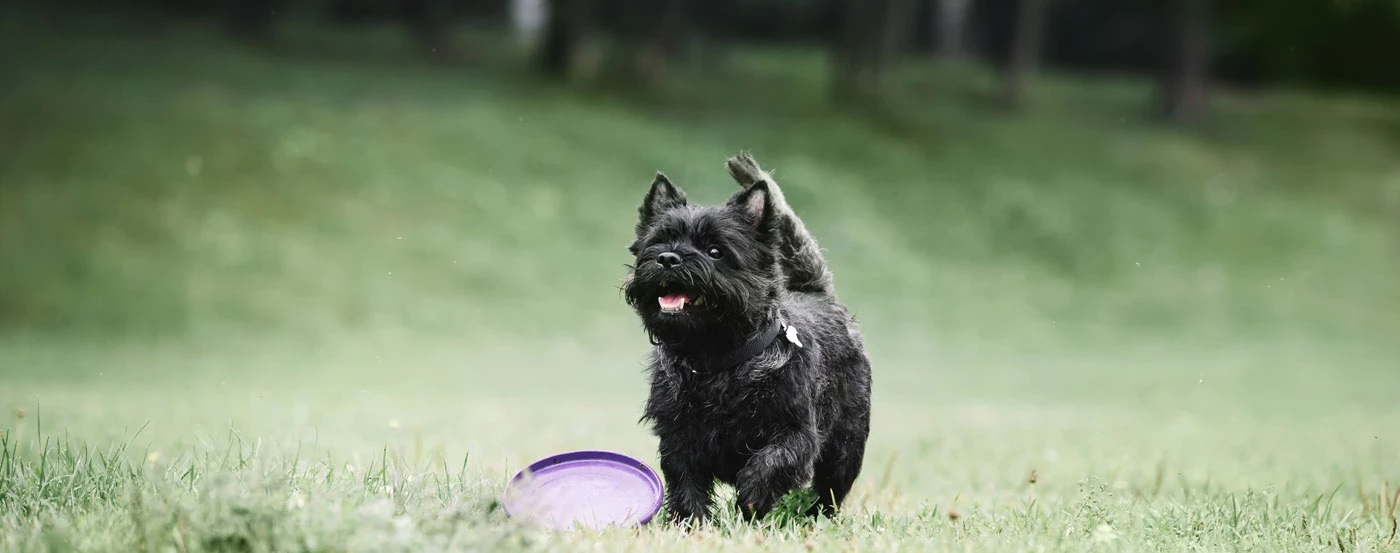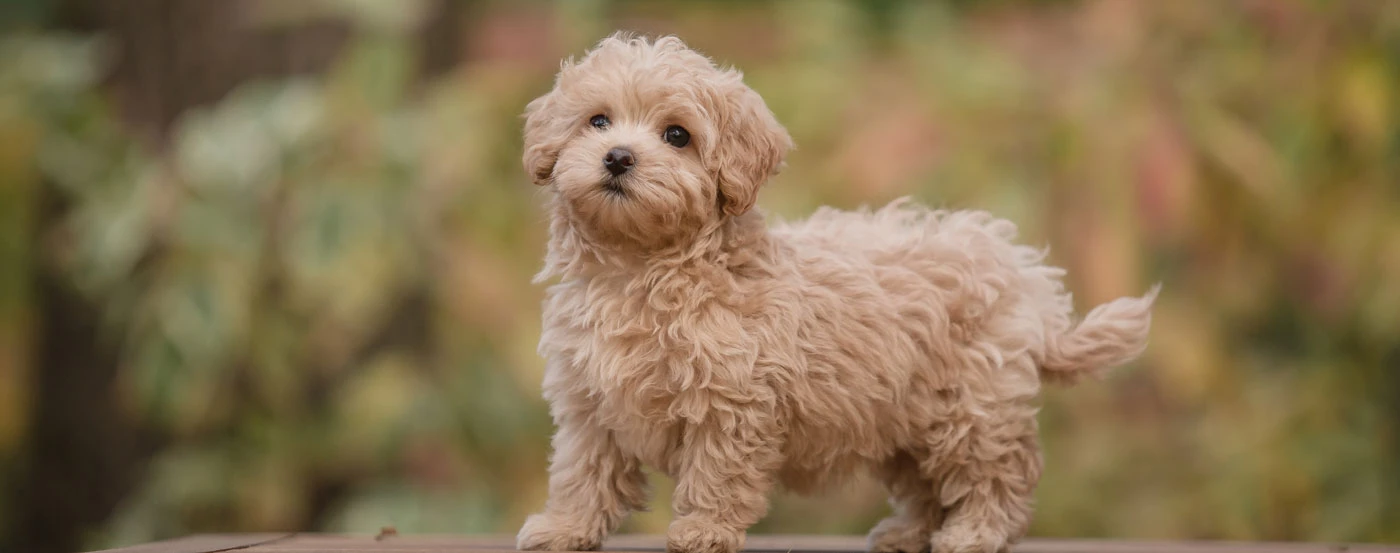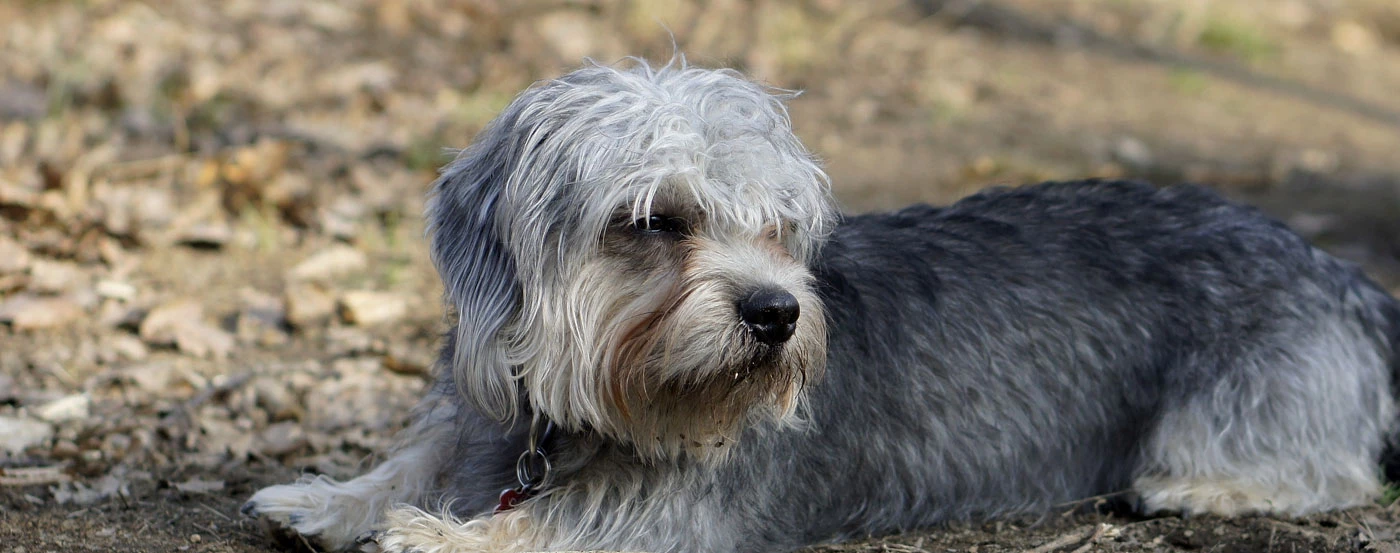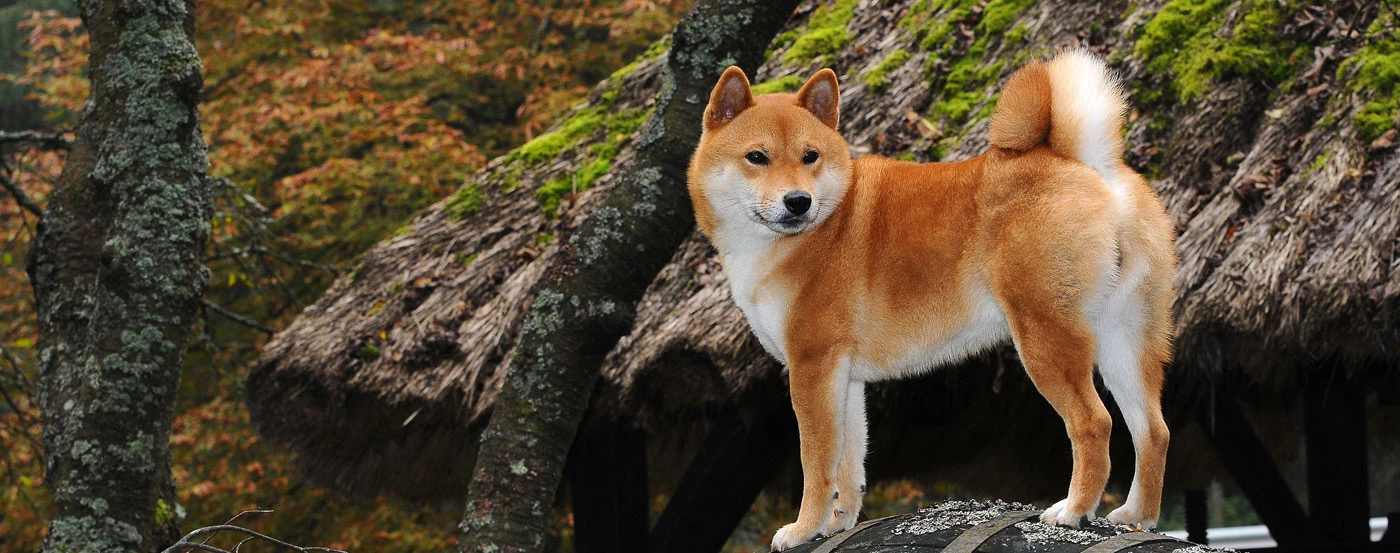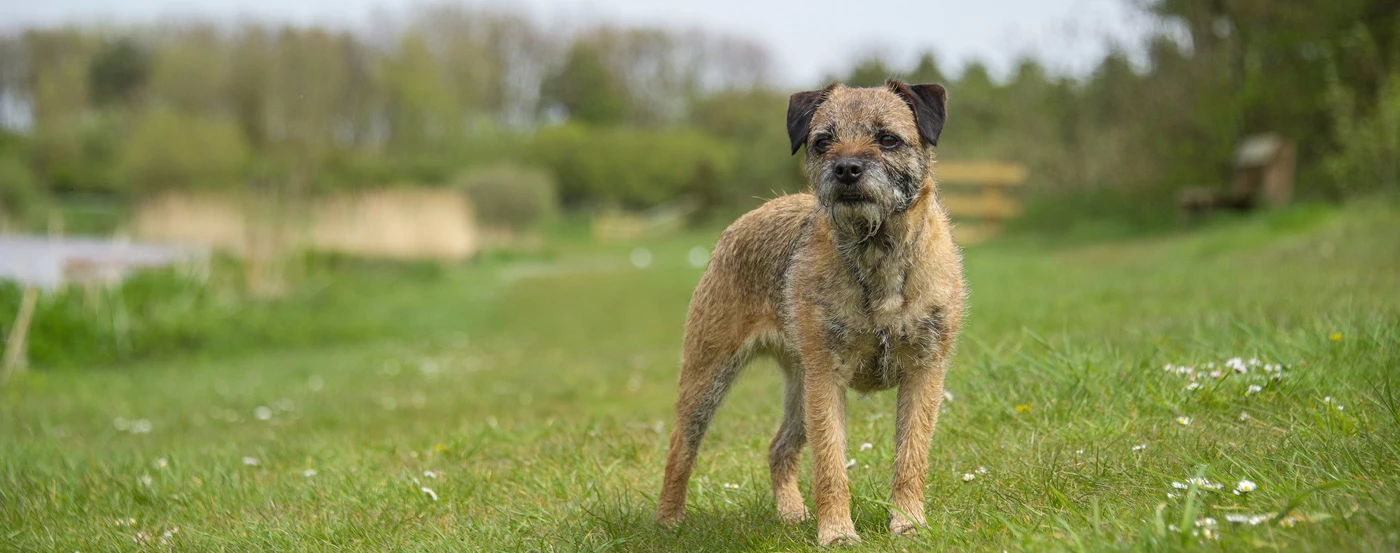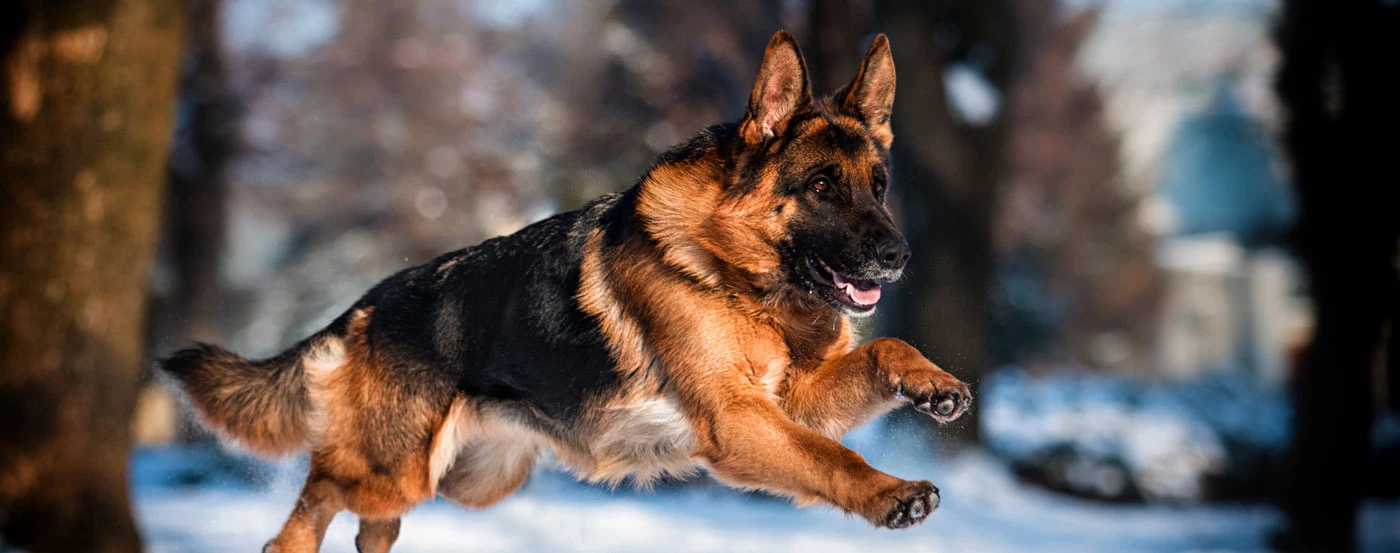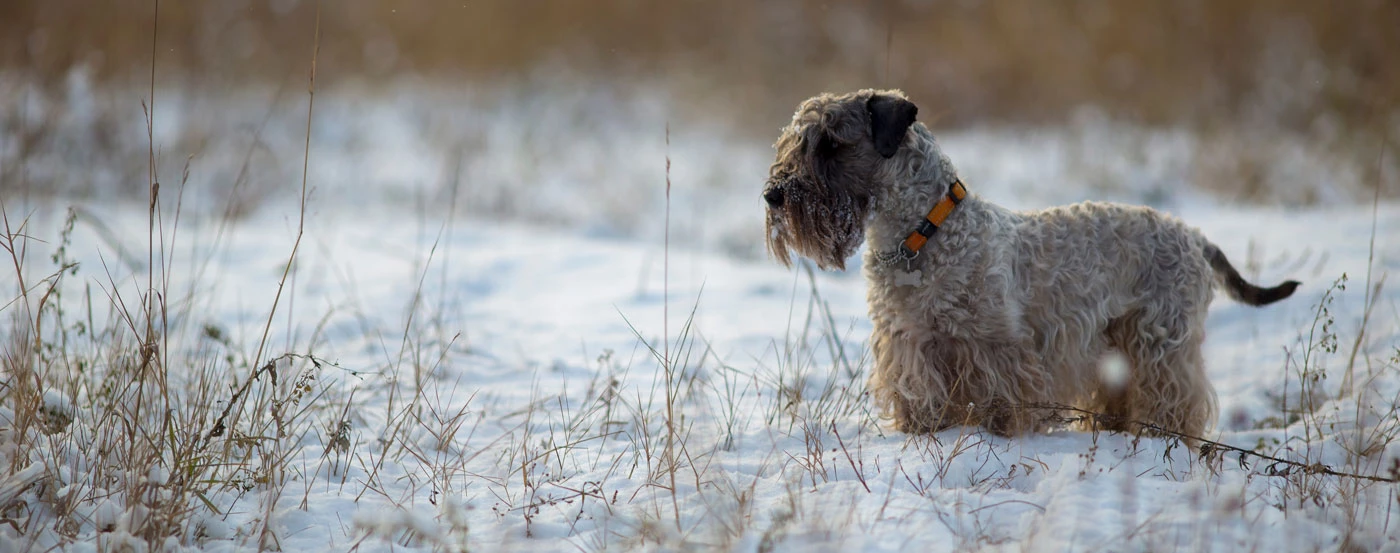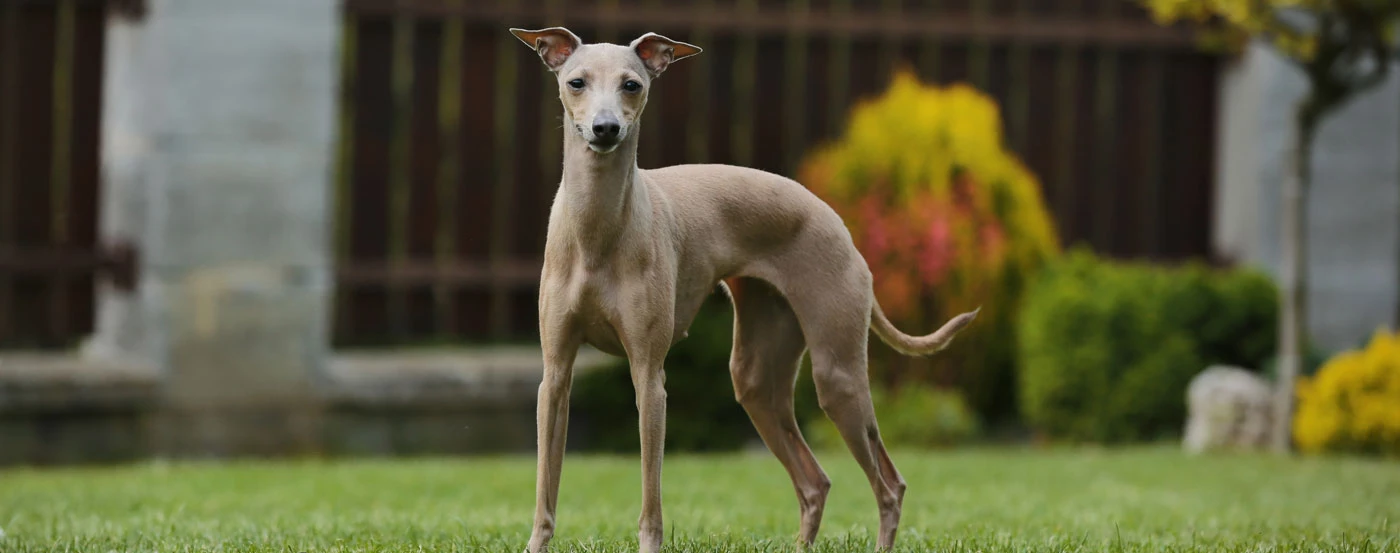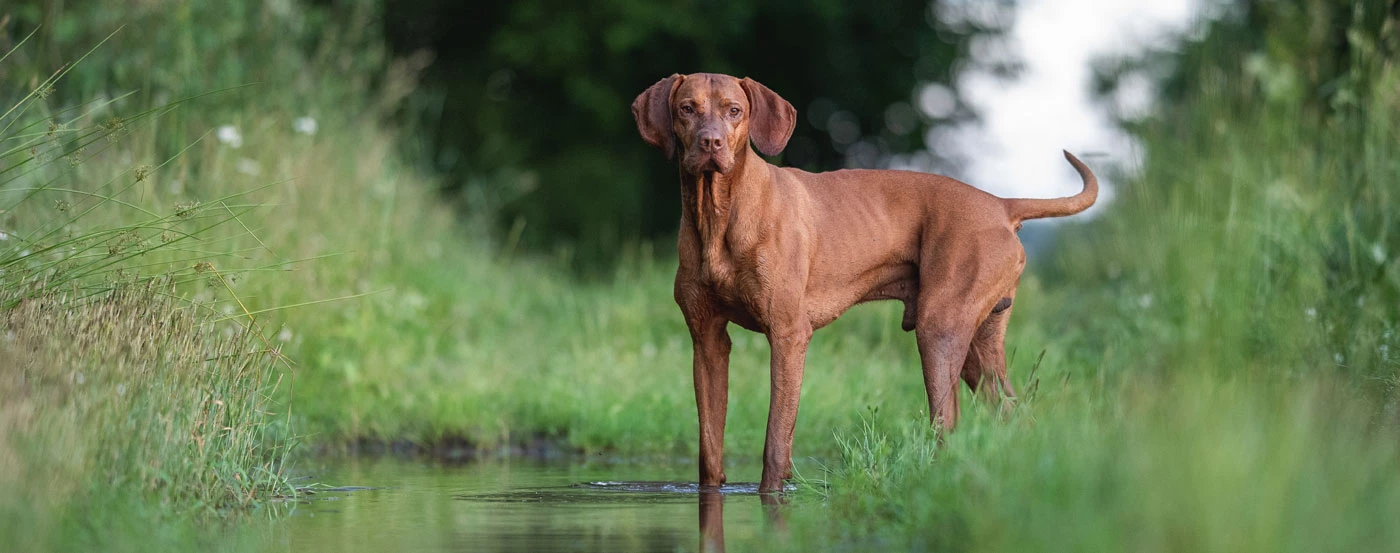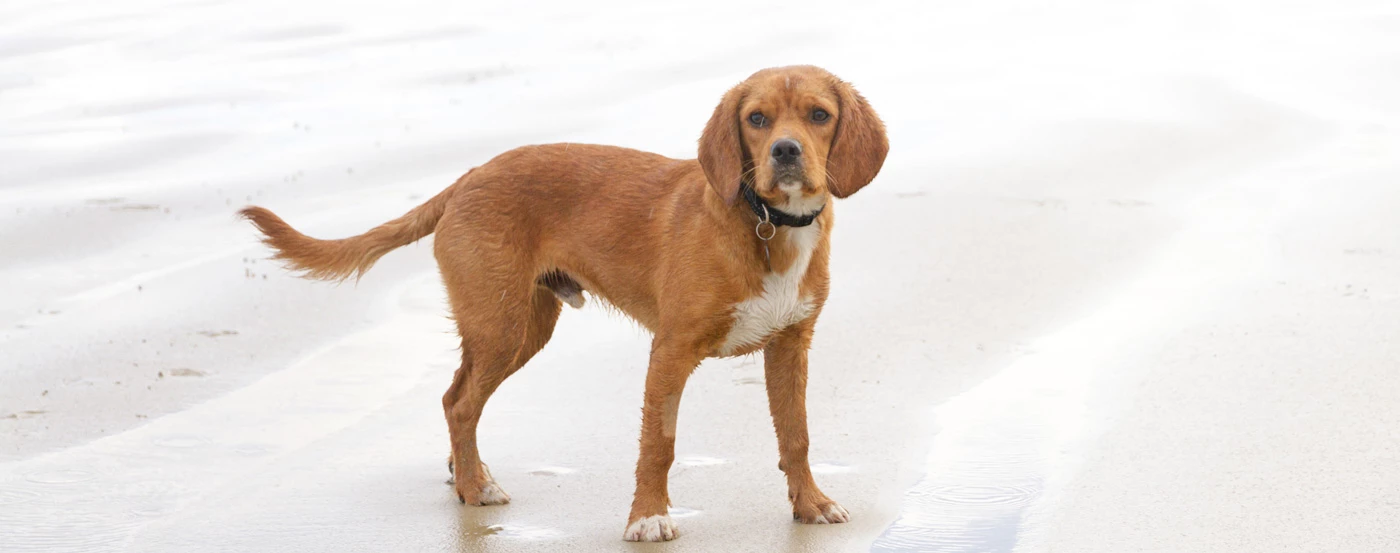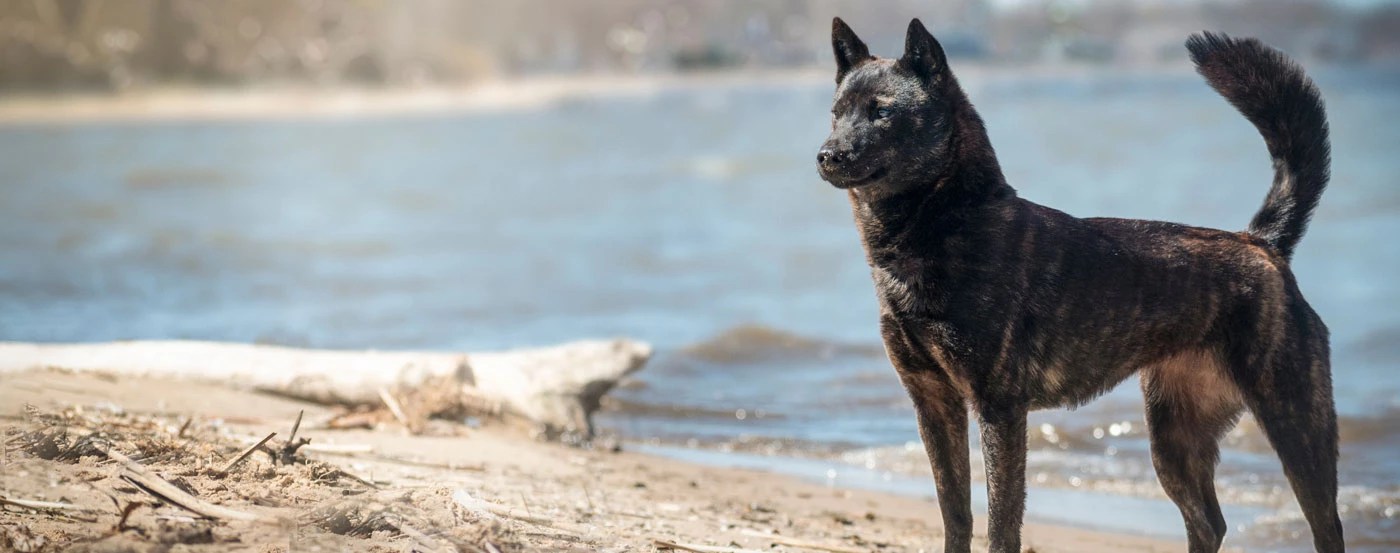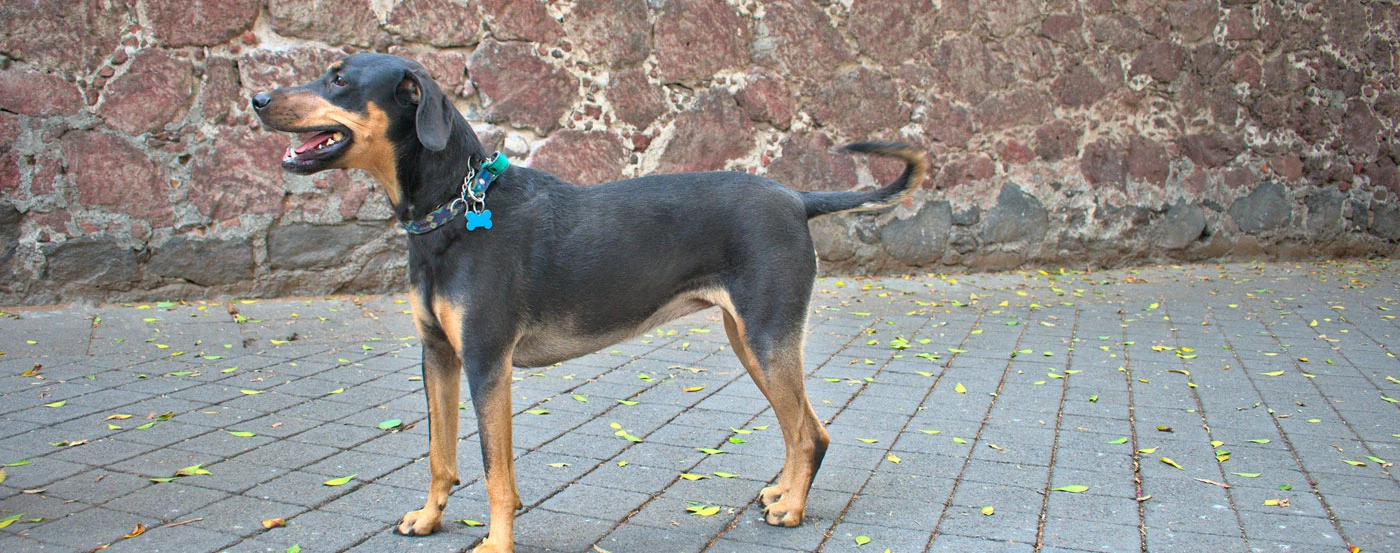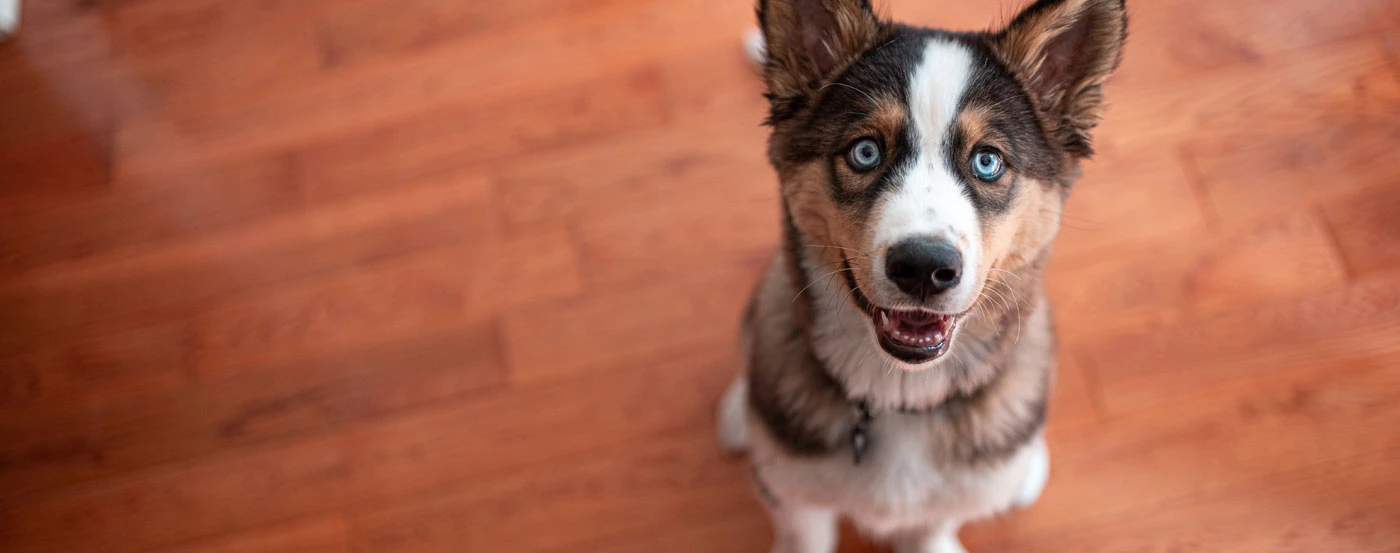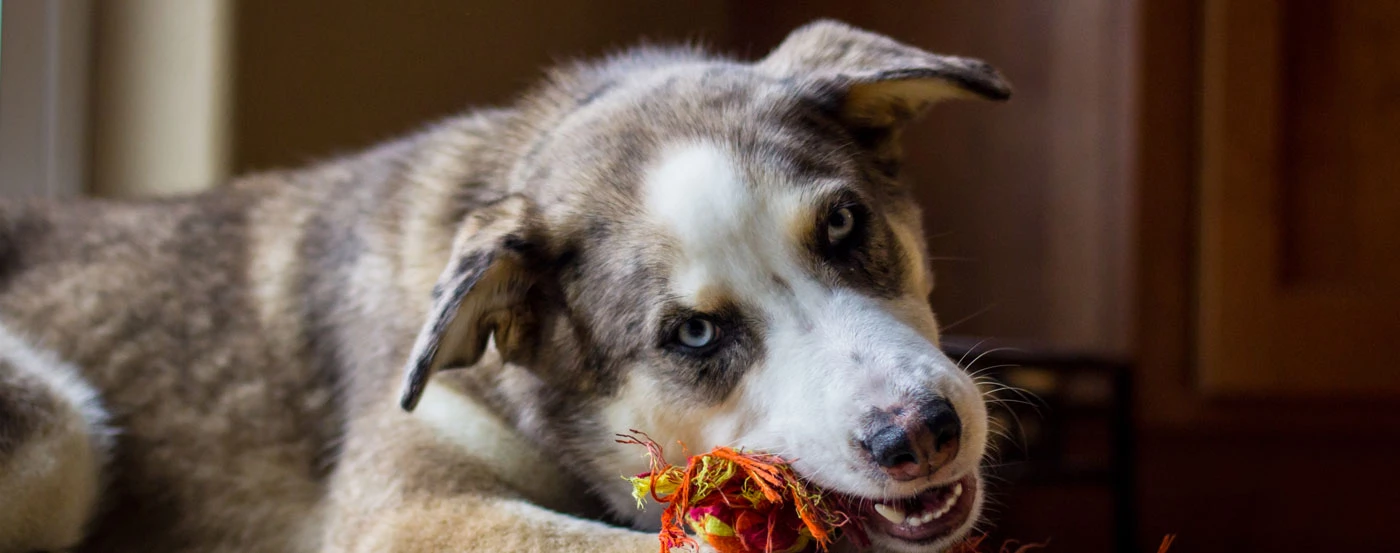About the Brussels Griffon
Hailing from Adelaide, Squid the Griff and his buddy Pretzel are two of Instagram's most famous Brussels griffons. These tiny dogs with big personalities are an excellent introduction to the Griffon breed that began as a humble stable ratter.
And let's not forget Verdell, who appeared alongside Jack Nicholson and Helen Hunt in As Good As It Gets. From the streets of Brussels to the stars of Hollywood, it's been quite a journey for this toy dog breed.
Brussels Griffon Gallery
What is the history & origin of the Brussels Griffon?
In the 19th century, the fate of the "Smousje" from Brussels changed forever. This little street dog was bred with the Ruby King Charles Spaniel and the Pug to give us today's Griffon pet dogs: the Brussels Griffon (Griffon Bruxellois), the Belgian Griffon (Griffon Belge), and the Petit Brabançon.
The tiny but mighty Griffons were expert vermin hunters and watchdogs and kept Brussels' stables and grain stores rodent-free.
The first Brussels Griffons Topsy and Foxine were registered in 1883 in the Livre des Origines Saint-Hubert (LOSH), Belgium's first kennel club studbook.
Who are Brussels Griffon dogs best for?
Brussels Griffons are fantastic for families where they will be the centre of attention. Known as velcro dogs because they love to be near their favourite human at all times, be prepared to bring a pup of this breed everywhere you go.
These flat-faced pooches are active, and if they are well-trained, they'll happily go on adventures with you.
Brussels Griffons are a high-energy breed, but they make good apartment dogs and thrive on a regular schedule that includes enough exercise, mental stimulation, and playtime.
How much grooming does a Brussels Griffon need?
Brussels Griffons love attention, and grooming your pup is a great way to bond. It's important that you get your puppy used to being handled and groomed early. A visit to a professional groomer can teach you how to care for this breed properly, as a pet or a show dog.
A smooth coat Griffon does not require as much attention, but you'll need the following to maintain your dog's rough coat in between professional grooming sessions:
Shampoo
Conditioner
Gentle, non-sting shampoo for the face and beard
De-shedding comb or brush
Thinning shears
Soft paper towels
Toothbrush and toothpaste
Eye rinse
Ear cleaner
Dremel or nail clippers
Plenty of treats
Hand-stripping your Brussels Griffon's rough coat reduces shedding and removes dead hair. Be sure to use a wide-tooth comb or your hands.
You'll notice your dog becoming anxious or stressed when they yawn or tuck their tail between their legs. Positive reinforcement, praise, and plenty of breaks will keep your little dog relaxed and happy.
Do Brussels Griffon bark much?
This Belgian street dog was bred to be a watchdog, and today's Griffons Bruxellois are true to form. They will bark to alert their human of any perceived or real threats.
If they are not desensitised and socialised early in puppyhood, a Brussels Griffon may grow nervous and anxious, jumping and barking at every noise or even showing aggression toward other dogs.
Your pup will not respond well to punishment; rather, use treats and positive reinforcement when your Griffon stops barking on command or refrains from barking inappropriately.
These self-important pooches respond well to being made a fuss over.
Do Brussels Griffon bite?
Griffs are one of the neediest toy breeds, and if they are not used to being alone, they may develop separation anxiety and display destructive behaviour like chewing and biting.
Crate training is a great way to teach your little friend to wait for your return without attacking the furniture.
Even Brussels Griffon puppies are stubborn and sensitive, so training will not be easy. Redirect your puppy's behaviour appropriately by offering chew toys and other mentally challenging dog puzzles.
What is the temperament & personality of a Brussels Griffon?
A well-adjusted Griff is a small dog that is not shy or aggressive. They tend to bond strongly with one human and interact well enough with other members of the family and other pets.
Many Brussels Griffons on social media express their playful and relaxed nature by allowing their humans to dress them in all sorts of cute and outrageous outfits.
What is the weight & size of a Brussels Griffon?
The Brussels Griffon dog breed is between 17 and 20 cm tall and weighs between 3.5 and 6 kg.
How much training does a Brussels Griffon need?
Training, puppy classes, and early socialisation are critical to your Griffon's well-being, especially if you have young children or other dogs. A Brussels Griffon puppy will snap or growl if they feel cornered, so always supervise children around your Griff.
If your pup is anxious and nervous, speak to a canine expert. It is never too late to start training them to be obedient
Remember to be consistent, fair, and clear when you communicate with your pup. Reinforce and praise every positive behaviour verbally and physically, as well as with your dog's favourite treats.
What are some of the most common health issues for a Brussels Griffon?
Like many toy breeds, Griffons may be prone to Hip Dysplasia and Patellar Luxation.
Hip Dysplasia can affect puppies, or it may lead to arthritis later in a dog's life without any visible symptoms.
Patellar Luxation is often diagnosed in puppies, so it's essential you bring your new puppy for its first vet visit as soon as possible.
Speak to your trusted veterinarian about preventing these conditions and how to identify symptoms.
Griffons are at risk of eye injuries because of their oversized eyes, and they are one of the Brachycephalic flat-faced breeds. Brachycephalic dogs have shorter airways that make breathing difficult.
What is the lifespan of a Brussels Griffon?
If you adopt our little furball from a reputable breeder, your little Griff may be less likely to develop genetic health problems.
These small dogs enjoy a life span of 12 to 16 years.
How much should you feed a Brussels Griffon?
The Brussels Griffon dog breed may be known for being stubborn, but these pups are generally not fussy eaters.
Remember to introduce new foods slowly and keep an eye on any signs of allergic reactions.
This breed does well on kibble and fresh or raw food, so speak to your veterinarian or a canine nutritionist to create the ideal diet for your furry best friend.
Keep in mind that Brachycephalic dog breeds often gulp down their food, inhaling too much air. Gulpers are prone to digestive issues and may be at risk of bloat. If you feed kibble or dry food to your dog, use a slow-feeding bowl or hardy treat-dispensing chew toys.
What is the price of a Brussels Griffon in Australia?
You can expect to pay around $4,500 for a purebred Brussels Griffon from a reputable breeder. You can easily check a breeder's registration via the Australian National Kennel Club (ANKC) website to avoid buying from a puppy mill.
Unfortunately, this breed of dog is often relinquished at shelters, so contact your local rescues and national breed club to find out if there are pets looking for new homes. The adoption fee will often be more budget-friendly, and there is also a guarantee that your new dog is neutered or spayed and vaccinated.
You are then free to get everything you need to welcome your Brussels Griffon home. Prepare for a new puppy or an adult dog with these items:
Dog food
Dog treats
Food bowls
Dog collar, harness and leash
Name tag and microchip
Poop bags
Dog bed
Dog crate
Brushes and combs
Grooming tools
Toys and dog puzzles
This breed has a long life span, and it's a great idea to set aside some savings for emergencies, regular vet visits, and trips to the groomers to supplement the weekly brushing.
Pros
- Very intelligent
- Well suited for apartment life
- Athletic and agile
Cons
- High exercise requirements
- Adapts poorly to temperature extremes
- High barking tendency
